Digital transformation strategies in education is reshaping, revolutionizing teaching and learning methods. Educational institutions face challenges in adapting to the digital age. This guide explores key strategies and technologies driving this transformation in the educational sector.
The COVID-19 pandemic accelerated digital transformation in education globally. It affected 1.5 billion students, representing 90% of all learners worldwide. Governments and institutions strive to ensure educational continuity amid school closures.
Many organizations have transitioned to remote learning. This shift includes integrating e-learning platforms, virtual learning environments, and adaptive learning systems. Online collaboration tools have also become essential in this new educational landscape.

Digital transformation in education aims to improve student learning outcomes. It also creates a positive working environment for staff. Technology use is key to achieving these goals.
This transformation impacts various areas of education. These include recruitment, administration, learning, assessment, interaction, and measurement. The UK government has published a strategy to guide this process.
Their strategy targets education providers and the technology industry. It aims to drive improvements in educational outcomes through technology. The goals include fostering efficiencies, reducing workloads, and enhancing educational quality.
This guide will explore key elements of successful digital transformation strategies. We’ll examine goals, assess current technology infrastructure, and discuss stakeholder engagement. We’ll also explore how technology enhances the learning experience.
Interactive learning platforms, artificial intelligence, and machine learning are transforming education. Virtual and augmented reality offer new possibilities. We’ll discuss transforming administrative processes and ensuring data security.
Fostering digital literacy and skills development is crucial. Enabling personalized and adaptive learning experiences is another important aspect. These elements contribute to a comprehensive digital transformation in education.
Key Takeaways
- Digital transformation in education is crucial for improving student outcomes and creating a supportive working environment for staff.
- The COVID-19 pandemic has accelerated the adoption of digital platforms, with 90% of global learners affected by the shift to remote learning.
- Successful digital transformation strategies involve identifying goals, assessing technology infrastructure, and engaging stakeholders.
- Technologies such as e-learning platforms, adaptive learning systems, and online collaboration tools are driving the transformation in education.
- Ensuring data security, fostering digital literacy, and enabling personalized learning experiences are key aspects of digital transformation in education.
Understanding the Need for Digital Transformation in Education
Education technology integration is crucial for institutions to remain competitive and meet evolving expectations. Digital transformation offers enhanced student experiences, improved accessibility, and development of digital literacy skills. It’s a necessity in today’s rapidly evolving digital landscape.
Data-driven decision making is a key driver of digital transformation in education. Advanced analytics tools help track student participation and analyze enrollment trends. These insights inform strategic decisions and address challenges like unreliable internet access for students.
Digital transformation enables personalized learning experiences tailored to individual student needs. AI technology and interactive content provide engaging experiences that foster effective learning. Gamification elements increase student motivation in classroom activities and co-curricular events.
| Benefit | Description |
|---|---|
| Accessibility | Digital transformation breaks down geographical barriers, making education accessible to a wider audience. |
| Administrative Efficiency | Automation of administrative tasks saves time and resources, promoting collaboration and staff satisfaction. |
| Personalized Learning | AI-driven personalization enhances student engagement and interest in diverse topics. |
70% of higher education leaders recognize digital transformation’s importance in meeting student expectations. Institutions must embrace digital literacy skills development to prepare students for an increasingly digital world. Technology continues to advance, shaping the future of education.
“Education is evolving due to the impact of the Internet. We cannot teach our students in the same manner in which we were taught. Change is necessary to engage students not in the curriculum we are responsible for teaching, but in school. Period.” – April Chamberlain
EdTech spending is projected to increase by $404 billion over the next five years. The future of education depends on successful digital transformation strategies. Leveraging technology enhances learning experiences, streamlines processes, and fosters digital literacy.
Key Elements of a Successful Digital Transformation Strategy
Effective digital transformation in education demands meticulous planning. Three crucial elements ensure a smooth transition: clear goals, technology assessment, and stakeholder engagement. These components form the backbone of a successful strategy.
Identifying Goals and Objectives
Defining specific goals is the first step in digital transformation. These targets should align with the institution’s vision and address unique challenges. Clear objectives create a roadmap for success and enable progress tracking.
Tailoring goals to each organization’s context ensures relevance. This approach helps institutions navigate the digital landscape effectively. It also sets the stage for measurable outcomes.
Assessing Current Technology Infrastructure
Evaluating existing technology is crucial for effective implementation. This assessment covers hardware, software, networks, and data management systems. It reveals strengths, weaknesses, and gaps in the current setup.
Informed decisions about new technologies stem from this analysis. It helps prioritize areas for improvement and guides investment choices. A thorough assessment ensures optimal resource allocation.
Engaging Stakeholders in the Transformation Process
Digital transformation requires active participation from all stakeholders. Students, faculty, staff, and administrators must be involved throughout the process. Their engagement fosters innovation and addresses potential resistance to change.
Regular communication and training are vital for success. Feedback loops maintain stakeholder involvement and drive technology adoption. This approach creates a supportive environment for digital transformation.
These key elements form the foundation of successful digital transformation. A well-executed strategy enhances learning experiences and streamlines operations. It prepares students for a digital future while optimizing institutional processes.
Leveraging Technology to Enhance the Learning Experience
Technology has become crucial in education today. Cutting-edge tools and platforms are revolutionizing learning experiences. They empower students to reach their full potential. Let’s explore how innovative technologies are transforming education.
Implementing Interactive Learning Platforms
Interactive learning platforms have become game-changers in education. They offer engaging, personalized experiences that allow students to learn at their own pace. 82% of educational institutions now adopt online resources and digital tools.
These platforms enhance student engagement and foster global collaboration. 63% of students participate in international collaborative projects. This trend indicates the growing importance of interactive learning platforms.
Utilizing Artificial Intelligence and Machine Learning
AI and machine learning are transforming educational approaches. These technologies enable adaptive learning, tailoring content and pace to each student’s needs. AI-powered tools provide instant feedback and identify areas needing additional support.
Machine learning algorithms analyze vast amounts of educational data. This helps educators make data-driven decisions to optimize learning outcomes. These technologies are reshaping how we approach education.
“AI in education has the potential to personalize learning, improve student engagement, and revolutionize the way we assess and support learners.” – Dr. Mary Smith, Education Technology Expert
Incorporating Virtual and Augmented Reality
VR and AR technologies are elevating experiential learning. They immerse students in virtual environments or overlay digital information on the real world. This creates engaging, interactive learning experiences.
Students can explore historical sites, conduct virtual experiments, or practice real-world skills safely. As VR and AR become more accessible, their adoption across educational domains is expected to surge.
| Technology | Benefits |
|---|---|
| Interactive Learning Platforms | Personalized learning, increased engagement, global collaboration |
| AI and Machine Learning | Adaptive learning, instant feedback, data-driven decision making |
| Virtual and Augmented Reality | Immersive learning experiences, safe skill practice, enhanced engagement |
These technological advancements create a more inclusive and equitable learning environment. 69% of schools provide equitable access to technology for all students. This progress bridges the digital divide.
We’re ensuring every learner has the opportunity to thrive in the digital age. By embracing these technologies, we’re shaping a brighter future for education.
Transforming Administrative Processes through Digitalization
Educational institutions are streamlining their administrative processes through digital transformation. Automation in education optimizes operations, reduces manual workload, and enhances experiences for students, faculty, and staff. Schools and universities can improve efficiency and effectiveness by embracing digital solutions.
Student record management is a key area for digital administrative processes. Advanced software solutions digitize and centralize student data, including enrollment, attendance, and academic transcripts. This saves time, reduces errors, and enables easy access to important information.
Process optimization in education also includes automating communication channels. Digital platforms streamline communication with students, parents, and faculty members. These systems ensure everyone stays informed and engaged through announcements and scheduling parent-teacher conferences.
“The COVID-19 pandemic accelerated digital transformation within higher education institutions, causing a rapid shift online for colleges, universities, instructors, and students.”
Digital administrative processes offer benefits beyond efficiency and convenience. Data analytics tools provide valuable insights into student performance and engagement. Administrators can track progress, identify areas for improvement, and make data-driven decisions to enhance learning experiences.
| Technology | Benefits |
|---|---|
| Learning Management Systems (LMS) | Hosts course materials, modules, activities, discussions, assignments, and grading |
| Synchronous Technologies | Supports real-time online meetings with audio, video, text/chat, screen sharing, polls, and whiteboards |
| Multimedia Applications | Enhances engagement through audio, video, and interactive elements for microlectures, demonstrations, and orientations |
Educational institutions must invest in infrastructure, personnel, and support services to embrace digital transformation. This includes hiring instructional designers and technology specialists. Providing training and support for faculty and staff is crucial. Robust cybersecurity measures are essential to protect sensitive data.
By prioritizing digital administrative processes and automation in education, we can create a more efficient, effective, and engaging learning environment for all stakeholders.
Ensuring Data Security and Privacy in the Digital Age
India’s educational institutions face new challenges as they embrace digital transformation. Robust cybersecurity measures are crucial to protect sensitive student and staff information. Leaders must address the digital divide to ensure equal access to online resources. Cybersecurity measures are vital for safeguarding data.
Resistance to change is a major hurdle in digital education adoption. Effective communication and support are key to overcoming this challenge. Prioritizing data security in education is essential to maintain trust in digital platforms.
In 2021, IIT Bombay experienced a data breach affecting 22,000 students. This incident exposed names, email addresses, and phone numbers. It underscores the importance of implementing stringent security measures.
Implementing Robust Cybersecurity Measures
To protect sensitive data, educational institutions must adopt strong cybersecurity measures. This includes:
- Using strong encryption algorithms to secure data both at rest and in transit
- Encrypting all sensitive data, including student records and financial information
- Implementing proper encryption practices to prevent unauthorized access to online assessments and video conferences
- Regularly monitoring systems for vulnerabilities and addressing them promptly
“The digital footprints of students in online learning include interaction data on learning management systems, engagement with course materials, and communication with instructors and peers.”
Complying with Data Protection Regulations
Indian educational institutions must comply with data protection regulations like the Personal Data Protection Bill (PDP Bill). This bill requires consent before data collection and restricts data transfer outside India without approval.
To comply with these regulations, institutions should:
- Conduct thorough data audits to identify the types of personal data collected and processed
- Develop comprehensive data protection policies and procedures
- Implement data protection measures, such as obtaining explicit consent and providing individuals with access to their personal data
- Regularly train staff on data protection best practices and ensure compliance with regulations
Robust cybersecurity measures and compliance with data protection regulations are essential for educational institutions. Prioritizing sensitive information protection maintains trust and safeguards student privacy. This creates a secure digital learning environment for all.
Fostering Digital Literacy and Skills Development
Digital literacy and skills are vital for success in our tech-driven world. Students and educators must adapt to thrive in the 21st century. Integrating these skills into curricula and offering professional development is crucial.
Integrating Digital Literacy into Curricula
Schools must weave digital literacy into their curricula. This means teaching students to use technology for learning and problem-solving. By incorporating these skills across subjects, students can navigate the digital world responsibly.
The Digital Economy and Society Index (DESI) reveals a startling statistic. About 42% of Europeans lack basic digital skills. This includes 37% of the workforce, highlighting the urgent need for education reform.
| Country | Initiative | Investment |
|---|---|---|
| Turkey | FATIH programme | Equipped 620,000 state schools with smartboards, provided 17 million tablets to students, and distributed one million tablets to teachers and administrators by 2019 |
| Ireland | Digital Strategy for Schools 2015-2020 | Allocated EUR 210 million for ICT infrastructure, requiring educational institutions to meet specific conditions for future funding |
| Belgium (French Community) | Cyberclasse initiative | Utilized an EUR 85 million budget to equip over 800,000 students with ICT equipment from 2006 to 2013 |
Providing Professional Development Opportunities for Educators
Educators need digital skills to effectively teach in today’s classrooms. Professional development is key to equipping teachers with essential tech tools and strategies. This investment ensures students receive high-quality, technology-enhanced learning experiences.
A 2020 study conducted in Chile, Ecuador, Mexico, and Peru found that only 13 percent of teachers could perform complex digital functions, indicating deficiencies in teachers’ digital skills for remote learning.
Governments worldwide are addressing the digital skills gap among educators. Turkey’s FATIH programme distributed one million tablets to teachers by 2019. Belgium’s Cyberclasse initiative equipped over 800,000 students with ICT equipment from 2006 to 2013.
Target 4.4.1 under the United Nations’ sustainable development goals urges governments to measure the proportion of youth and adults with ICT skills as part of efforts to increase the proportion of youth and adults with skills relevant for the job market.
Digital literacy is essential for future success. By integrating these skills into curricula and offering professional development, schools prepare students for the digital age. Investing in digital literacy isn’t just an option—it’s a necessity.
Enabling Personalized and Adaptive Learning Experiences
The digital era has ushered in personalized learning as a focal point for schools. Advanced tech like AI and machine learning create adaptive environments tailored to each student’s needs. These tools cater to individual learning styles and preferences.
A Learning Policy Institute report showed a 23% boost in student performance with personalized learning strategies. This approach outperforms traditional methods by focusing on individual strengths and interests. It demonstrates the power of customized instruction in improving academic outcomes.
“Technology extends the benefits of great teaching by providing engaging instruction, just-in-time supports, and real-world learning opportunities.” – UNESCO’s 2023 Global Education Monitoring (GEM) Report
AI-powered adaptive platforms analyze student data to create personalized learning paths. These paths adjust content, pace, and difficulty based on individual progress. The International Society for Technology in Education found AI-driven environments increased student engagement by 37%.
| AI Technique | Application in Personalized Education |
|---|---|
| Generative AI | Tailored educational content creation |
| Machine Learning | Personalized learning experiences based on student data analysis |
| Natural Language Processing (NLP) | Communication enhancement |
| Computer Vision | Monitoring student behavior and progress |
Technology isn’t a cure-all but a tool to enhance engagement and meet individual needs. It prepares students for the future workforce. However, overreliance on tech can contradict personalized learning’s core idea of diverse interaction methods.
To succeed with personalized and adaptive learning, schools should implement a comprehensive strategy. This approach should include various elements to ensure effective implementation and student success.
- Flipped classroom
- Self-regulated learning
- Micro-learning
- Formative and summative assessments
- Real-time analytics
- Integration with the learning platform
Embracing data-driven instruction and technology can revolutionize education. This approach provides students with personalized support crucial for success in the digital age. It paves the way for a more effective and tailored learning experience.
Digital Transformation Strategies in Education: Best Practices and Case Studies
Educational institutions must adapt to the digital landscape. Examining best practices in digital transformation and successful initiatives is vital. Case studies in education offer insights into effective strategies and potential challenges.
Examining Successful Digital Transformation Initiatives
Arizona State University’s integration of Amazon Echo Dot devices is a noteworthy successful digital initiative. This innovative approach enhances student engagement and provides easy access to information.
Carnegie Learning’s AI-based math platform, MATHia, is another exemplary case study. K-12 schools use it to deliver personalized learning experiences. The platform adapts to individual student needs, ensuring targeted instruction.
Learning from Challenges and Pitfalls
While best practices in digital transformation offer guidance, learning from challenges is crucial. Common obstacles include stakeholder resistance, inadequate infrastructure, and digital literacy gaps.
- Resistance to change from stakeholders
- Inadequate technology infrastructure
- Lack of digital literacy among educators and staff
- Data privacy and security concerns
“The key to successful digital transformation in education lies in understanding the unique needs of your institution, engaging stakeholders, and learning from the experiences of others.”
Addressing these challenges and adopting best practices paves the way for successful digital initiatives. Collaboration, knowledge sharing, and staying informed about trends are essential.
Educational institutions can drive effective digital transformation by proactively tackling obstacles. Engaging with peers and embracing new technologies will help navigate the evolving landscape.
Measuring the Impact and ROI of Digital Transformation
Educational institutions must measure the impact and ROI of digital transformation initiatives. Clear metrics and KPIs help justify investments and drive data-driven decisions. Many institutions struggle to establish proper metrics for measuring ROI.
Effective measurement of digital transformation impact involves various metrics. These include return on digital investments, workforce productivity, customer experience, and digital adoption metrics.
- Return on Digital Investments: This popular KPI indicates revenue generated post-adoption compared to expenses incurred.
- Workforce productivity metrics: Assessing the efficiency and productivity of employees post-digital transformation by measuring task completion time and output.
- Customer experience metrics: Evaluating customer engagement and satisfaction through metrics like Customer Effort Score (CES), Net Promoter Score (NPS), and Customer Satisfaction Score (CSAT).
- Digital adoption metrics: Measuring user interaction with new tools and technology through active users, adoption rates, time spent on features, and retention.
Establishing Key Performance Indicators (KPIs)
Proper KPIs are crucial for measuring digital transformation ROI in education. A survey found 62% of business leaders consider L&D critical to success. Yet, 55% of organizations struggle to measure learning’s impact on performance.
Institutions should focus on time-based metrics to overcome this challenge. These metrics emphasize market speed and timely implementation in digital transformation success.
| Priority | Technology Investment | Percentage |
|---|---|---|
| 1 | Social/Collaboration tools | 53% |
| 2 | Simulation technologies | 33% |
| 3 | Augmented Reality | 29% |
| 4 | Virtual Reality | 25% |
| 5 | Gaming technologies | 25% |
Evaluating the Effectiveness of Digital Transformation Strategies
Assessing digital transformation strategies is vital for ensuring positive ROI in education. A step-by-step guide includes revisiting objectives, understanding costs, and implementing efficient ROI calculation strategies. Aligning transformation with organizational culture boosts user adoption and productivity.
PwC, over three years, achieved cutting costs by 3% of total revenue, automating over 6.5 million work hours, and boosting employee productivity by 6-8% through strategic use of digital and automation tools.
Educational institutions can measure digital transformation impact by establishing clear key performance indicators. Evaluating strategies and aligning with organizational culture ensures long-term success and continuous improvement.
Preparing for the Future of Education in the Digital Era
Digital transformation is reshaping education at a rapid pace. Embracing emerging technologies can pave the way for a brighter future of education. Staying ahead of the curve is crucial in this evolving landscape.
The National Education Association reports improved educational quality through digital tools. Interactive technologies and educational apps have enhanced accessibility. However, challenges like inadequate funding and insufficient training persist.
Creating a conducive digital learning environment requires significant investment. This includes robust technological infrastructure and innovative pedagogical approaches. Comprehensive policy frameworks are also essential for success.
Key initiatives include:
- Providing affordable devices and reliable internet connectivity in underserved areas
- Offering training sessions on data privacy and security protocols
- Establishing continuous training programs for educators on the latest educational technologies and teaching methodologies
- Implementing policies that support technology integration, tax incentives for tech companies in educational technology, and grants for schools to purchase and maintain digital tools
“Technology has become a key driver of change in education, broadening access, engaging learners in new ways, and enhancing the overall effectiveness of education.” – World Journal of Advanced Research and Reviews, 2024
Collaboration between tech companies and educational platforms is crucial. This partnership can develop effective solutions for personalized education. Enhanced student learning experiences can promote sustainable development in the digital economy.
| Key Element | Impact on Education |
|---|---|
| Personalized Learning | Tailored educational experiences based on individual needs and preferences |
| Interactive Technologies | Increased student engagement and collaboration |
| Digital Literacy | Essential skills for success in the digital age |
| Lifelong Learning | Continuous upskilling and reskilling opportunities |
Cultivating a culture of lifelong learning is essential in the digital era. Rapid technological change demands continuous upskilling for students and educators. Staying adaptable ensures education remains relevant, engaging, and transformative.
Conclusion
Digital transformation is reshaping education, empowering learners with crucial skills for the digital age. Technology-enabled solutions are revolutionizing the educational landscape. However, challenges persist. In 2020, 465 million children lacked internet access at home, highlighting digital equity issues.
Overcoming these obstacles requires a strategic approach. This includes stakeholder engagement, infrastructure development, and continuous improvement. Institutions must invest in comprehensive training programs for educators and staff. This fosters innovation and equips them with essential digital competencies.
Addressing data privacy and security concerns is paramount. Robust protocols and partnerships with trusted technology providers ensure learner safety. The education sector is on the brink of a transformative shift.
Digital transformation spending is projected to reach $404 billion by 2025. By implementing effective digital transformation frameworks, we can bridge the digital skill gap. This allows for personalized learning experiences and prepares learners for future challenges.
Let’s create a future-ready education system that harnesses technology’s potential. Together, we can build an inclusive, engaging, and impactful learning environment for all. Embracing digital transformation is key to shaping tomorrow’s education.
Frequently Asked Questions
What is digital transformation in education?
Digital transformation in education integrates technology into all educational areas. It changes how institutions operate and deliver value to students. This approach aims to improve learning outcomes and create a positive environment for staff through smart tech use.
Why is digital transformation important in education?
Digital transformation keeps educational institutions competitive and meets evolving expectations. It enhances student experiences, attracts recruits, and provides value for money. This approach makes higher education accessible and supports professional development.
It also encourages lifelong learning, enables flexibility, and develops digital literacy skills. These benefits are crucial in today’s rapidly changing educational landscape.
What are the key elements of a successful digital transformation strategy in education?
A successful strategy requires clear goals, technology assessment, and stakeholder engagement. Institutions must understand their problems and objectives thoroughly. They need to evaluate existing tech capabilities and involve students, faculty, and staff.
This approach ensures smooth implementation and addresses the needs of all parties involved. It creates a foundation for lasting, impactful change.
How can technology be leveraged to enhance the learning experience?
Technology enhances learning through interactive platforms, AI, machine learning, and virtual reality. These tools provide engaging, personalized experiences and adaptive learning environments. They offer immersive simulations of real-world scenarios, boosting student engagement and understanding.
What role does data security and privacy play in digital transformation in education?
Data security and privacy are crucial in educational digital transformation. Institutions must implement robust cybersecurity measures, including secure storage and encryption. They should conduct regular security audits and comply with data protection regulations like GDPR or FERPA.
How can educational institutions foster digital literacy and skills development?
Institutions can foster digital literacy by integrating it into curricula. This ensures students acquire skills to thrive in a digital world. Providing professional development for educators is also essential.
These opportunities equip teachers with knowledge to effectively use technology in teaching. This approach creates a tech-savvy learning environment for all.
What are the benefits of personalized and adaptive learning experiences?
Personalized learning tailors experiences to individual student needs. It uses data analytics and AI to create custom learning paths. This approach provides targeted support and adapts content to each student’s style.
The result is improved engagement, motivation, and academic performance. Students feel more connected to their learning journey.
How can educational institutions measure the impact and ROI of digital transformation initiatives?
Institutions should establish key performance indicators aligned with their goals. These may include student engagement, learning outcomes, and operational efficiency. Regular evaluation helps make data-driven decisions and optimize efforts.
Measuring impact justifies investments and ensures continuous improvement. It provides valuable insights for future strategies.
What emerging technologies and trends should educational institutions prepare for in the future?
Institutions must prepare for blockchain, Internet of Things, and 5G networks in education. They should foster a culture of lifelong learning to keep pace with rapid technological changes.
Continuous upskilling is crucial for students and educators alike. This approach ensures institutions remain at the forefront of educational innovation.

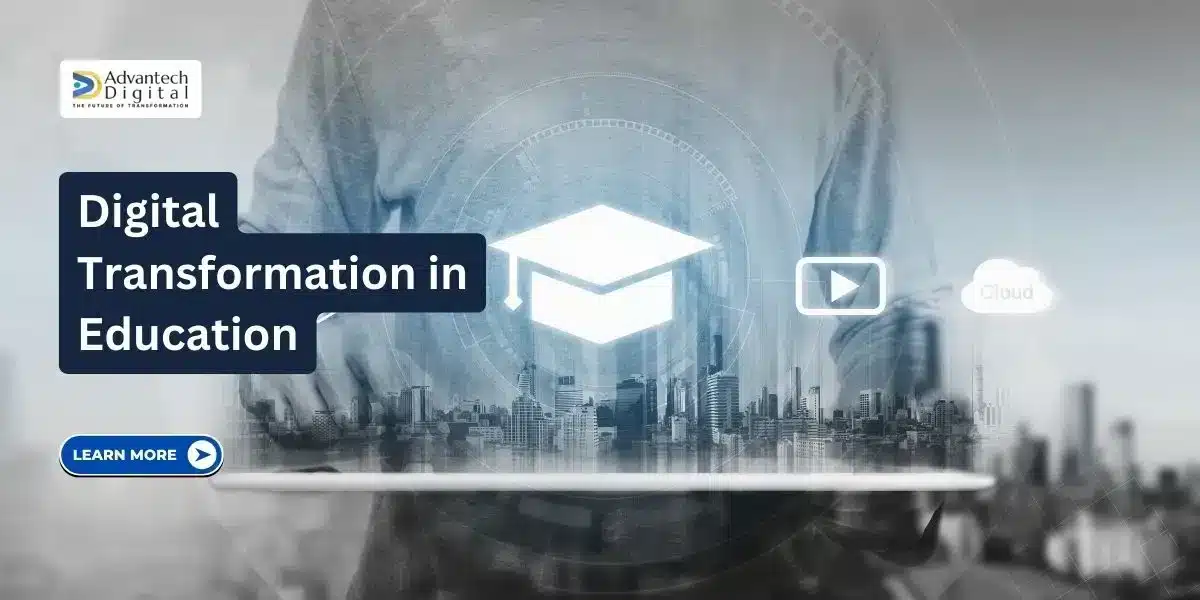
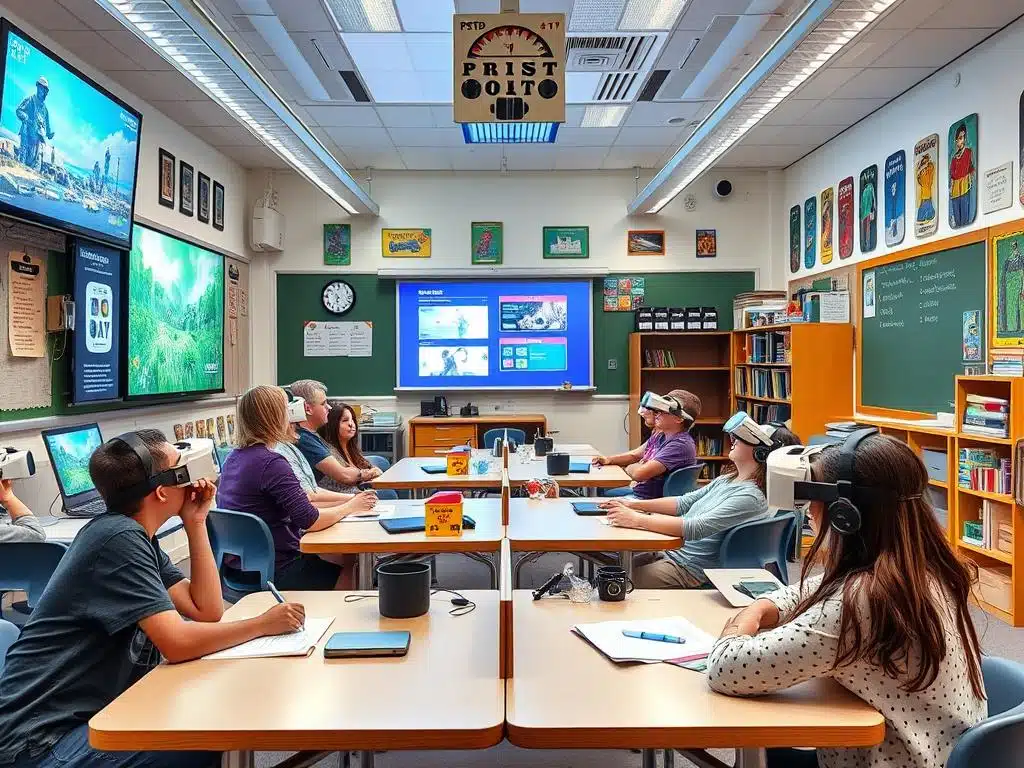

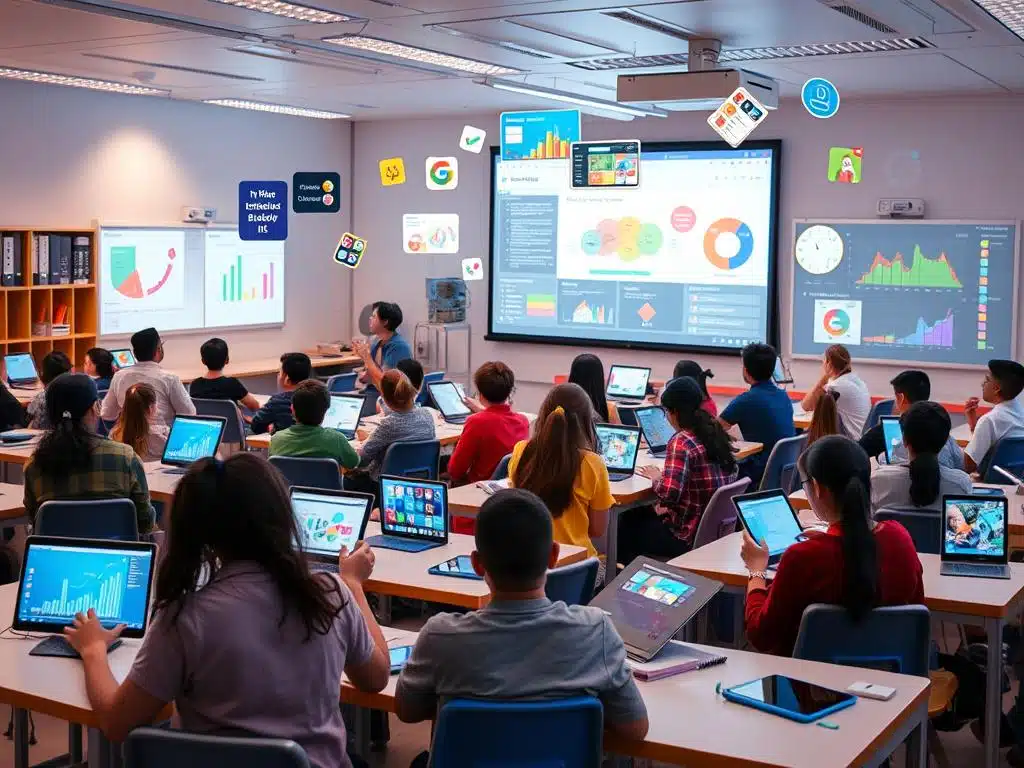



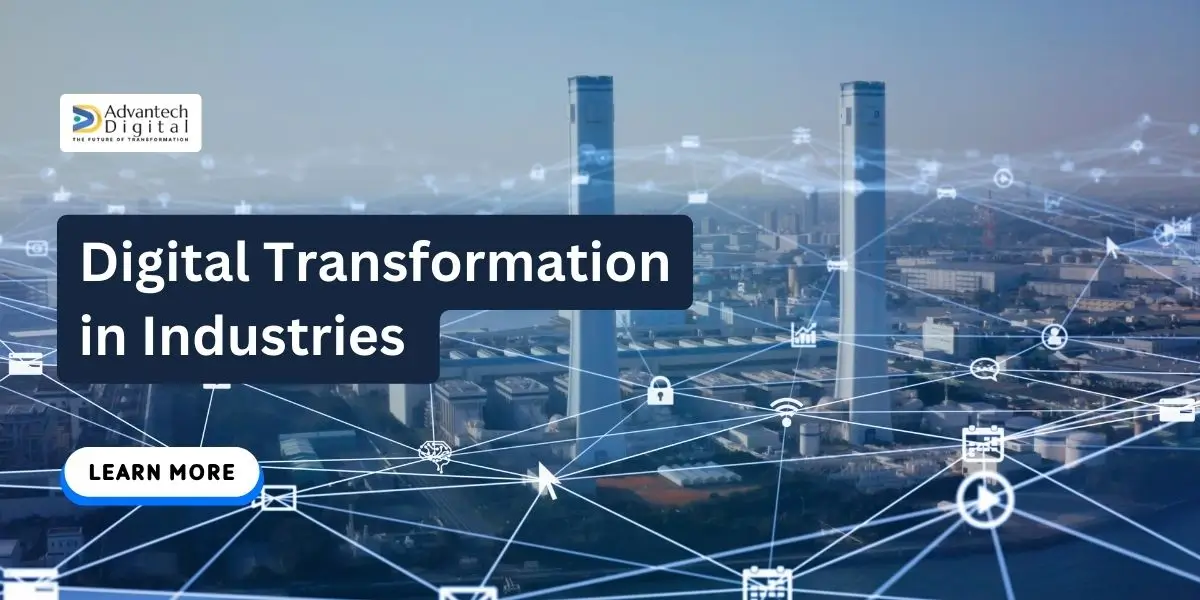


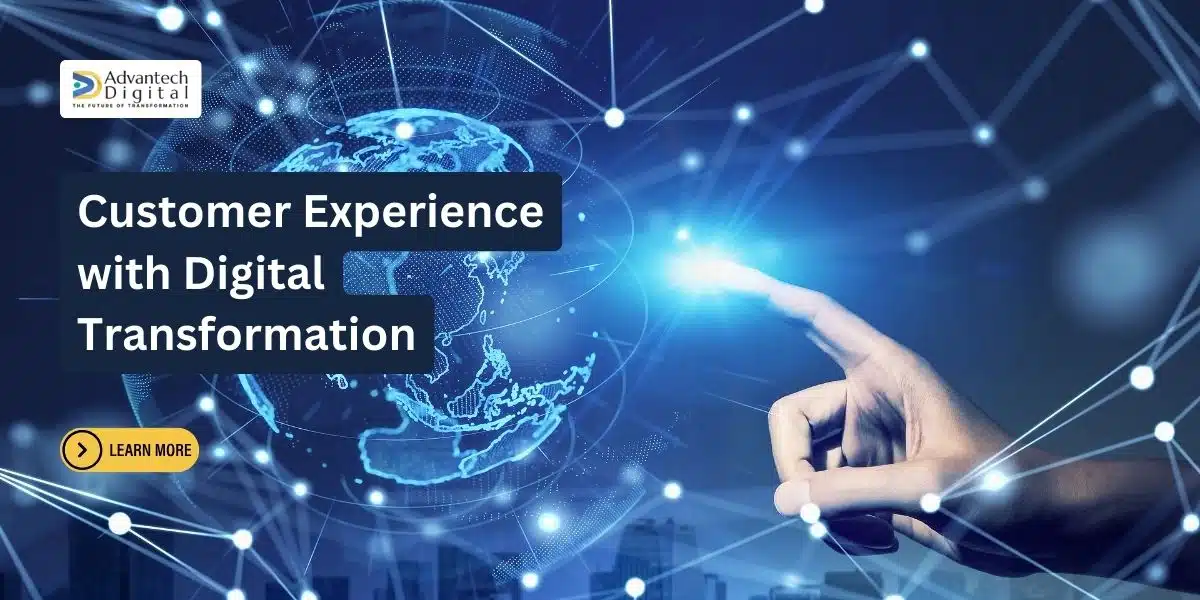

1 thought on “The Ultimate Guide to Digital Transformation Strategies in Education”
Comments are closed.